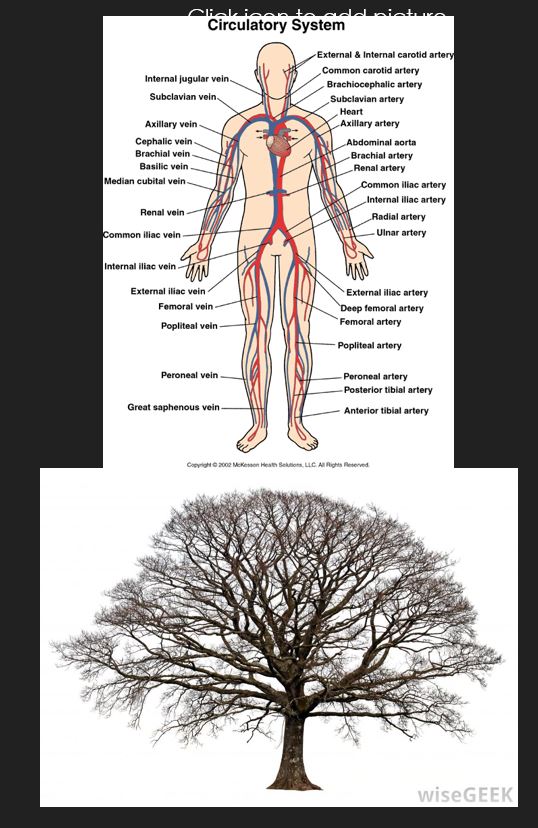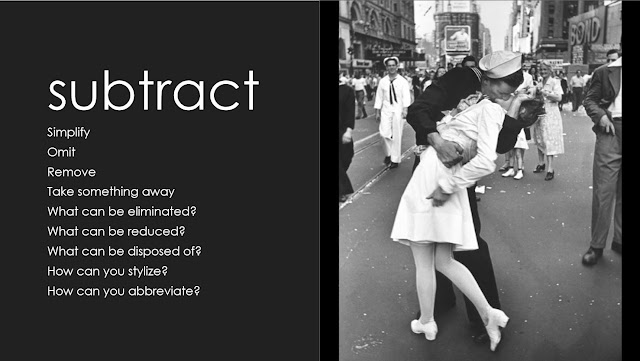WARM UP
We will begin class continuing our investigation of Art Synectics.When you enter class you will acquire your accordion book and open to the next page. On the projection screen will be the following image:
This is a drawing by Henri Matisse. This drawing has an especially effective use of LINE which we have discussed in our previous classes.
You will, on today's page, alter the image through some form of REPETITION. You are being asked to spend 10 minutes copying and changing the image by REPEATING some element in order to develop an interesting image. Consider the following in preparation for this activity:
Your artwork will be an alteration of this image that clearly demonstrates REPETITION. At the end of this activity some students will be asked to share their work with the class. You may be chosen at random so be prepared.
You will, on today's page, alter the image through some form of REPETITION. You are being asked to spend 10 minutes copying and changing the image by REPEATING some element in order to develop an interesting image. Consider the following in preparation for this activity:
Your artwork will be an alteration of this image that clearly demonstrates REPETITION. At the end of this activity some students will be asked to share their work with the class. You may be chosen at random so be prepared.
LESSON FOR THE DAY
For our studio activity you will need to begin with an understanding of an art concept known as FIGURE/GROUND REVERSAL. This is one term made up of two important terms.
The first is FIGURE. In the FIGURE/GROUND relationship we refer to elements of the foreground as the FIGURE.
The second term is GROUND. In the FIGURE/GROUND relationship we refer to the elements of the background as the GROUND.
FIGURE/GROUND is a type of perception where you can identify an image (or figure) as it stands out from a background
FIGURE/GROUND REVERSAL is a design process where the images of the foreground and background purposefully swap in order to create new images. The following image is one of the most basic examples of this concept:
The FIGURE and GROUND switch places to create new images. We can see the FIGURE of two black faces on a white GROUND. When reversed we can see the FIGURE of a white vase on a black GROUND. The FIGURE and GROUND... REVERSE. Thus, we have FIGURE/GROUND REVERSAL.
Explore the concept further by identifying both the woman's face and the saxophone player in this image:
The first is FIGURE. In the FIGURE/GROUND relationship we refer to elements of the foreground as the FIGURE.
The second term is GROUND. In the FIGURE/GROUND relationship we refer to the elements of the background as the GROUND.
FIGURE/GROUND is a type of perception where you can identify an image (or figure) as it stands out from a background
FIGURE/GROUND REVERSAL is a design process where the images of the foreground and background purposefully swap in order to create new images. The following image is one of the most basic examples of this concept:
The FIGURE and GROUND switch places to create new images. We can see the FIGURE of two black faces on a white GROUND. When reversed we can see the FIGURE of a white vase on a black GROUND. The FIGURE and GROUND... REVERSE. Thus, we have FIGURE/GROUND REVERSAL.
Explore the concept further by identifying both the woman's face and the saxophone player in this image:
AFTER PARTY
We will finish class with a brief critique of our work and submit a written reflection of what learning took place. You will grade yourself based on established criteria.
I look forward to our next session. Remember, always come to class prepared with a sharpened pencil.
Mr. Voelker









